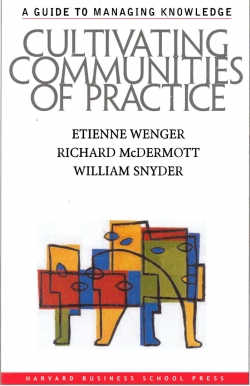resource library
Array7 principles of Community of Practice

15/03/2007
This paper outlines 7 principles for building successful networks, alliances, and communities of practice. The authors argue that what makes them successful over time is their ability to generate enough excitement, relevance, and value to attract and engage members. They claim that successful networks have used the community's own internal direction, character, and energy to build momentum and ‘aliveness’ Designing for ‘alive’ communities may differ from traditional organisational design which has focused on creating structures, systems, and roles that achieve relatively fixed organizational goals and fit well with other structural elements of the organization.
The 7 steps in this paper explore how a community of practice can design for evolution, create rhythm and engagement and invite participation and a range of perspectives. This paper is excerpted with permission from Cultivating Communities of Practice: A Guide to Managing Knowledge, Harvard Business School Press, 2002.
